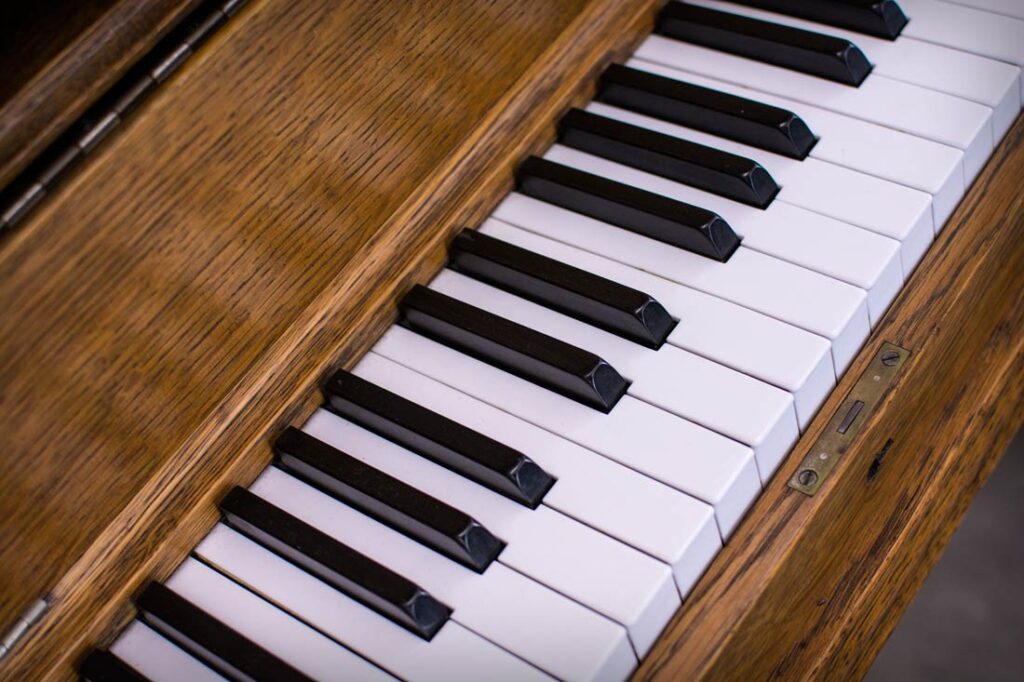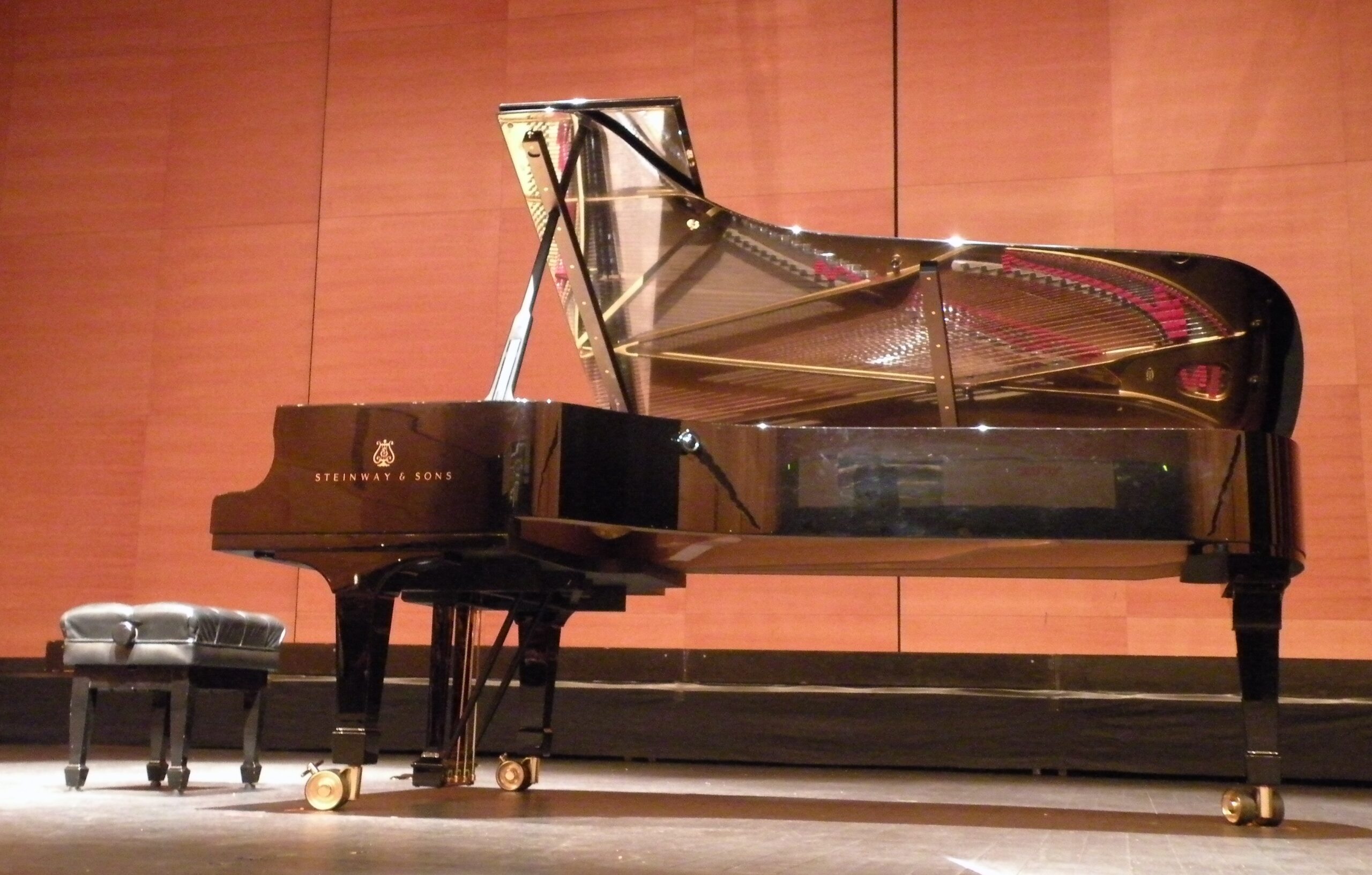Are you tired of seeing that old upright piano gathering dust in your living room? Have you ever wondered if it’s actually worth anything or if it’s just taking up space? You’re not alone. Many people are curious about the value of these antique instruments, and I was too! After all, who wouldn’t want to make some money from something that has been sitting untouched for years?
In this article, I will reveal the truth behind the worth of old upright pianos. We’ll dive into factors that determine their value, how to properly assess its condition, and what options you have for selling it. So whether you inherited one from a family member or stumbled upon one at a garage sale, keep reading to find out more about these classic musical pieces!
So, Are old upright pianos worth anything??
The value of an old upright piano depends on various factors such as its condition, brand, and age. Generally speaking, older pianos do not hold as much value compared to newer ones due to wear and tear over time. However, there are still some antique or vintage upright pianos that hold significant value in the market.
Some well-known brands like Steinway & Sons or Bosendorfer can fetch a high price even for their older models. On the other hand, lesser-known brands may not be worth as much. It is also important to consider the condition of the piano – if it has been well-maintained and regularly tuned, it will likely hold more value.
Additionally, there is a growing trend of repurposing old pianos into unique pieces of furniture or art. In this case, the sentimental or aesthetic value may outweigh any monetary worth.
In conclusion, while old upright pianos may not have a high resale value in general, they can still hold sentimental or artistic significance for some individuals. Ultimately, the true worth of an old piano lies in its personal meaning to its owner rather than its market price.
Understanding the Factors That Determine the Value of Old Upright Pianos
When you stumble upon an old upright piano, its value may initially seem like a mystery. Yet, several factors can help unlock this puzzle. One of the primary aspects to consider is the piano’s condition. A well-preserved instrument with minimal wear and tear will naturally fetch a higher price than one that’s been neglected or damaged over time. Look closely at the keys; ivory-topped keys are often more valuable than plastic ones, reflecting their age and craftsmanship.
Another crucial element is the brand name etched onto its surface. Renowned brands such as Steinway & Sons or Yamaha tend to hold their value exceptionally well due to their reputation for quality and longevity. Additionally, pianos with unique historical significance or those once owned by notable individuals can see a significant increase in value.
Here’s what else matters:
- The age of the piano: Older pianos might be worth more if they are antique but less if they’re simply outdated.
- Tuning stability: If it holds tune well despite years, it points towards solid construction.
- Aesthetic appeal: Intricate woodwork and finish add character and worth.
Understanding these nuances helps paint a clearer picture of an old upright piano’s worth—transforming what was once just an old piece into something truly precious.
Assessing the Condition: How to Evaluate an Old Upright Piano’s Worth
When you first come across an old upright piano, it can stir up a mix of curiosity and nostalgia. The keys might be worn, and the wood may show its years, but there’s something undeniably captivating about these instruments. However, before letting sentimentality take over, it’s essential to evaluate the piano’s true worth. Start by examining the exterior condition closely. Look for signs of damage like deep scratches or fading varnish; while minor imperfections are expected with age, significant wear could indicate deeper issues. Check if all legs are stable and intact since structural stability is crucial.
Next up is the sound. Gently press each key to see if they respond correctly and produce clear tones—this is a good indicator of whether the internal components are in decent shape or need extensive repairs. Don’t forget to scrutinize the pedals too; they should function smoothly without any creaking sounds that suggest encroaching problems. It’s wise also to open the lid (if possible) and inspect inside for rust on strings or dust accumulation which could hamper performance significantly.
- If it’s accessible, look at the serial number.
- This often reveals valuable information.
- Consulting a professional tuner provides further insight.
Taking these steps ensures you make an informed decision about this charming relic from another era.
Read also: Are old upright pianos worth anything?
The Importance of Brand and Model in Determining an Antique Piano’s Value
When determining the value of an antique piano, both brand and model play crucial roles. Think of it like a pedigree; the brand often indicates its heritage and craftsmanship. Brands such as Steinway & Sons or Bechstein are renowned for their high-quality pianos, making them highly sought after by collectors and musicians alike. A Steinway from a prime manufacturing period can command significant sums at auctions simply because the name alone evokes excellence. The meticulous attention to detail that these brands put into each instrument means they not only sound exquisite but also have a lasting appeal.
However, it’s not just about the brand—the model matters too. Within each prestigious brand, certain models stand out due to their unique features or historical significance. For example:
- The Steinway Model D is legendary among concert pianists.
- The Bechstein Model V has distinct tonal qualities cherished by aficionados.
- Bösendorfer’s Imperial Grand boasts extra keys for extended musical range.
Each model has characteristics that specialists look for when appraising an antique piano’s worth. Even within top-notch brands, some models are rarer or more desired than others due to limited production runs or specific design elements that make them stand out in history.
Ultimately, understanding both the brand and model helps paint a full picture of any antique piano’s true value.
This expertise allows buyers and sellers alike to appreciate what makes each instrument uniquely valuable.

Where Can You Sell Your Old Upright Pianos: Various Options Explored
Finding a new home for your upright piano can be more heartwarming than you might think. These stately instruments have the potential to bring joy and music into someone else’s life. One of the simplest ways is through digital platforms like Craigslist or Facebook Marketplace. With just a few clicks, you can upload photos, write a catchy description, and connect with local buyers who are eager to give your piano another chance to sing. If you’re tech-savvy, online auction sites like eBay offer another venue where collectors from around the globe could bid on your cherished instrument.
In addition to virtual options, don’t overlook traditional methods. Local music stores often purchase used pianos or know customers seeking one. It’s worthwhile visiting these stores and having face-to-face conversations with knowledgeable staff who appreciate quality instruments.
Another option is consignment shops that specialize in musical items; they handle the sale process while taking a small commission fee.
Furthermore, consider community bulletin boards at places such as coffee shops or libraries for advertisements—sometimes the old-fashioned way still works wonders!
You could even reach out to schools or churches which might welcome donations due to their tight budgets.
Each avenue has its pros and cons, so weigh them carefully, but rest assured there’s likely someone out there waiting eagerly for your beloved upright piano.
You may also like: yamaha guitar strap
Conclusion: The Real Worth of Old Upright Pianos Unveiled.
The charm of old upright pianos lies in their timeless beauty and unique history, making them more than just musical instruments. Each piano has its own story, from the intricate craftsmanship to the melodies it once shared with families over generations. The woodwork alone can be an art form, showcasing fine details and elegant designs that you simply don’t see in modern pieces. When you touch those keys, you’re connecting with a past era where music was a central part of home life.
However, when it comes to valuing these old upright pianos today, it’s not just about age or appearance. There’s a blend of factors like brand reputation, condition (both inside and out), and sometimes even sentimental value that all play into determining their worth. Some might still hold rich tones perfect for playing if they’re well-maintained or restored properly; others could serve as stunning decorative pieces adding character to any room they grace.
- Brand Reputation: Well-known brands often fetch higher prices.
- Condition: Both internal mechanisms and external finish matter greatly.
- Nostalgia Factor: Emotional connections can add priceless value.
In essence, while monetary worth may vary widely depending on various criteria, the true value is often found in how these cherished instruments enrich lives—past and present—with their presence alone.

